A brief history of the world's oldest travel company
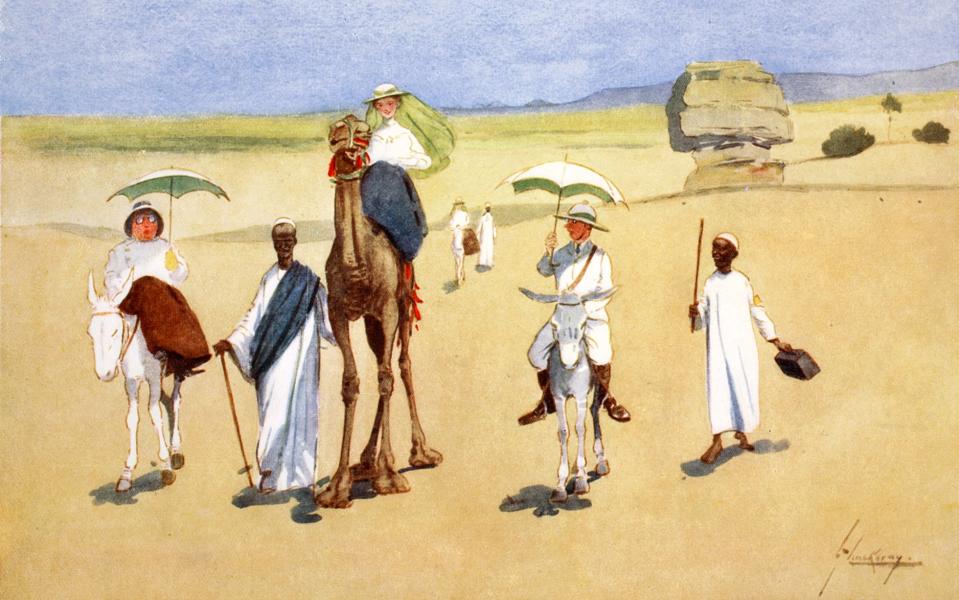
There can be a tendency, in this quick-click age of travel, where many breaks can be booked online in a matter of minutes, to see every holiday operator as a thing of shiny novelty - born, if not quite yesterday, then certainly during this century's internet boom.
Of course, that is not quite the case. Or indeed, not even close to being the case.
Two years ago, Thomas Cook celebrated the 175th anniversary of what is deemed to be the first packaged "holiday" tour (a group rail journey from Leicester to Loughborough, in July 1841). Brownell Travel markets itself as the oldest tour operator in the United States, having arranged an archaeology-focused trip to Switzerland for 10 American travellers in 1887 (at a time when Grover Cleveland, the only man to serve two non-consecutive terms as US president, was in the White House). The Polytechnic Touring Association - which emerged from (what is now) the University of Westminster, and was one of the roots of the now-vanished high-street travel giant Lunn Poly - was organising jaunts to Switzerland and France for students and teachers as early as 1886.
But the oldest of them all - by some measurements - can boast an even lengthier lineage.
This year, Cox & Kings is saluting its 260th anniversary - a marker which stretches its narrative back to the mid-18th century. It is a tale that pre-dates both the formal existence of the United States and the fall of the French monarchy - and has witnessed two World Wars, the landing of men on the moon, and the rise and fall of the British Empire.
Indeed, its history is partially entwined with the latter - and it makes for fascinating retelling, through the venerable but easy-to-digest device of a timeline...
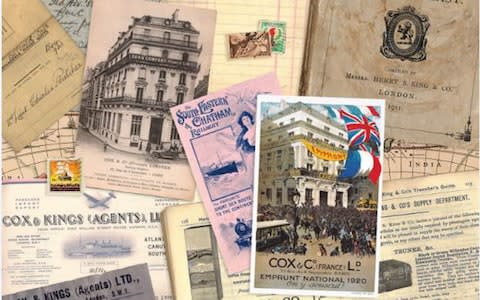
1718: Richard Cox is born in Yorkshire, the son of a Worcestershire lawyer.
December 1740: The War of the Austrian Succession - which involves most of the major powers of Europe, and will drag on, across three continents, until 1748 - breaks out. Around this time, the young Cox is working as a clerk for John Ligonier, a general in the British Army. Ligonier leads the Flanders Campaign (1745), and Cox is in the right place at the right time, helping to organise provisions and supplies for the troops.

May 25 1758: Cox, who has been gainfully employed as Ligonier's private secretary, is rewarded for his service with a promotion to the role of military agent, with the power to provide services - from paying officers and men on the ground to providing uniforms and weapons for different regiments. The company Cox & Co is founded to carry out the work, and is a rapid success - soon taking on the Royal Artillery as a prestigious client.
1758: David Morier, a Swiss painter of military portraits, crafts an image of Ligonier which captures the two men's working relationship. With a poised pen, and an expression suggesting he is waiting to receive orders, Cox is pictured standing behind and to the side of his employer - a literal "right-hand man".
1765: Cox goes into partnership with a London banker, Henry Drummond. In a sign of growing profits, Cox & Co upgrades its premises, moving a mile from Cox's home, on Albemarle Street in Mayfair, to a more spacious property at Craig's Court in Whitehall.
April 19 1775: Fighting at Concord in Massachusetts sparks the outbreak of the American War of Independence - bad news for Britain, but good business for Cox & Co.

1775: Richard Cox has become a key player in London society, and is one of the main financial contributors to restoration work on the interior of the Theatre Royal on Drury Lane. The renovation is commissioned by his friend, the leading actor David Garrick.
1783: Cox & Co widens its banking interests - and extends its social connections when Cox takes on Charles Greenwood as a business partner. Greenwood offers loans and accounts to members of London's elite, and brings in Frederick, Duke of York - son of the reigning George III, and the younger brother of the future George IV - as a client.
1799: Cox & Co ends the 18th century as the largest agent for the British Army, acting for 64 infantry regiments, 17 militia regiments and 14 cavalry regiments. The outbreak of the Napoleonic Wars in Europe (1803-1815) will keep business ticking along nicely.
August 1803: Cox dies, but leaves the company in the hands of his grandson - Richard Henry Cox - with Charles Greenwood continuing as the controlling partner.
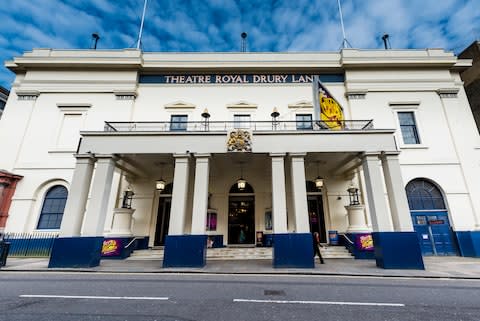
1857: Businessman Henry Samuel King becomes a partner in Smith Elder & Co, a London stationers and booksellers that also has a line in shipping and banking in India.
1868: King takes over the firm's Indian banking arm, founding Henry S King & Co.
1878: King dies, leaving his 26-year-old son, Henry Seymour King, as senior partner. Second-generation ownership is the catalyst for a swift widening of banking operations in India, with expansion into Bombay (Mumbai), Calcutta (Kolkata), Delhi and Simla.
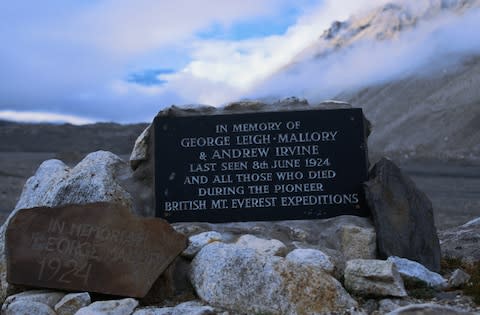
September 12 1878: King demonstrates the adventurous streak that will come to serve the company well. In late summer, he is part of the first mountaineering team to reach the summit of Mont Maudit in the Mont Blanc massif (14,649ft/4,465m) - undeterred by the fact that the peak's name translates directly from French as "Cursed Mountain".

1885: King is elected as MP for Kingston-upon-Hull, and retains his seat until 1910.
1887: Henry S. King & Co is notable for employing women as typists, more than 20 years before the female employment boom of the First World War.
1905: Cox & Co sets up Cox's Shipping Agency - an in-house side-arm of the business designed to handle the transportation of people and cargo. It is now flourishing in India, setting up five branches on the sub-continent between 1905 and 1911.
1909: Henry King becomes a director at Lloyds Bank.
1916: With their business interests and areas of operation increasingly dovetailing, Cox & Co and Henry S King & Co combine to create a new company, Cox & Kings.
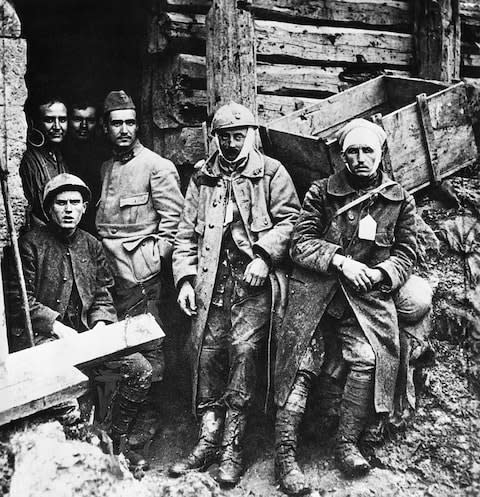
1918: The First World War brings in plenty of work. During the conflict, some 250,000 men are on the books - with up to 50,000 cheques being cleared every day. The company is such a part of everyday conversation that it features in a music hall ditty, The Young Man with the Cox’s Cheque. By the Armistice, staff numbers are up to around 4,500 people - although this level of employment will prove to be unsustainable in peace time.
1922: A grand new Cox & Kings bank building - a neoclassical wonder designed by the architect Edward Keynes Purchase - opens on Waterloo Place, on Pall Mall. As of 2002, the structure has been the five-star Sofitel St James Hotel.

1922: The firm makes an apprearance in a Sherlock Holmes mystery, The Problem of Thor Bridge. "Somewhere in the vaults of the bank of Cox and Co, at Charing Cross," Arthur Conan Doyle writes, "there is a travel-worn and battered tin dispatch-box with my name, John H. Watson, M.D., Late Indian Army, painted upon the lid."
February 1923: The company's banking arm is absorbed by Lloyds.
1924: Henry King's zeal for mountaineering can be detected in the Cox & Kings decision to support George Mallory's ill-fated attempt to be the first man to reach the summit of Everest. Mallory and climbing partner Andrew Irvine disappear on the North-East ridge while 800ft (245m) from their top. In one of the 20th century's most stubborn mysteries, Mallory's body will not be found until 1999. Irvine is still missing.
1931: Mahatma Gandhi travels with Cox & Kings on a visit to Europe.
November 14 1933: Henry Seymour King dies, aged 81.
1935: The company organises what are thought to be its first holiday tours - trips to Germany. "See the castellated Rhine, the pine-clad Bavarian Alps, the great centres of art, the old-world hill towns - over 2,000 miles of travel and sight-seeing, first-class hotels, with railway comfort equal to first-class in England," a newspaper advert reads.
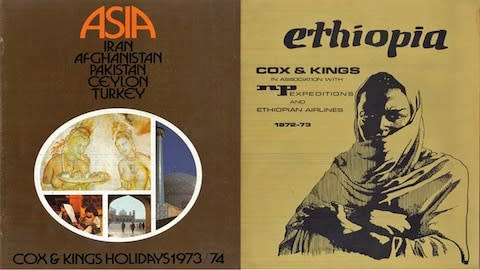
1970: Cox & Kings is bought by Grindlays Bank in India - part of a drive by Indira Gandhi's government to develop tourism in the country.
1980: Cox & Kings splits from Grindlays under new regulations requiring banks to divest themselves of non-banking interests. It becomes a pure travel operator.
June 1988: The company opens an American office, in New York - although the USA has not, traditionally, been a key part of its product. Even now, it sells just two areas of the country - out-lying states Hawaii and Alaska - to British customers.
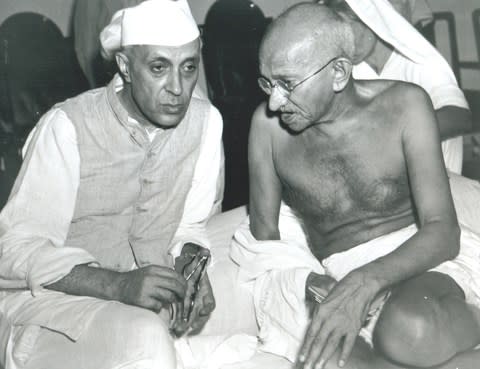
1990: The firm broadens its brochure (the core of which had been tours of India) to include Latin America.
2008: The company celebrates its 250th birthday.
2018: Cox & Kings now sells holidays to all seven continents, including Antarctica.

